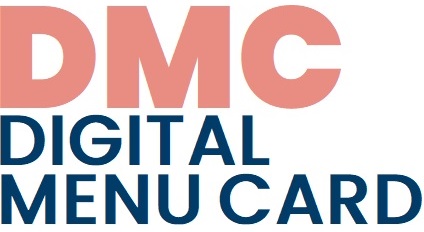The process is run in the following manner: firstly, a model is designed – all fundamental elements of the process are defined and correlations are established and expressed in the form of equations. In case of a simple process, the aforementioned equations enable a calculation.
The process is run in the following manner: firstly, a model is designed – all fundamental elements of the process are defined and correlations are established and expressed in the form of equations. In case of a simple process, the aforementioned equations enable a calculation.
Example: Factory of springs, which are used as a component of industrial scales, decides to introduce novelty into its production. So far existing annual production costs amount to €150,000 with 200,000 units produced annually. Due to the process of tempering the energy costs per unit prove to be relatively high and account for 1/3 of all costs. Proposed novelty relates to the process of heating and cooling, while the calculations show that by introducing an invention, the said costs would lower the energy consumption to only 40% of currently existing consumption. The modification requires additional investments in the amount of €3000. Moreover, changeable costs would rise to €0.03 per unit produced.
Example
Let us define all fundamental elements which influence the decision:
- annual production costs: €150,000,
- annual production: 200,000 units,
- energy costs per unit: 1/3 of all costs,
- energy consumption decreases by 40% with the introduced modification,
- assets required for modification: €3,000,
- additional production costs per unit: €0.03.
|
+ + + + |
- - - - |
||
|---|---|---|---|
|
Production price per unit |
€150,000 / 200,000 = €0.75 |
Assets needed for modification |
€3,000 |
|
Energy costs |
€0.75 * 0.33 = €0.25 |
Additional production costs |
€0.03 * 200,000 = €6,000 |
|
Saving of energy per unit |
€0.25 * 0.6 = €0.15 |
|
|
|
|
|
|
|
|
Total |
€0.15 * 200,000 = €30,000 |
Total |
€9,000 |
|
Difference in profit = €21.000 >> investment is justified |
|||
Comparison of costs arising from eventual innovation
The correlations among individual parameters are shown; left column demonstrates savings arising from innovation while the right column shows the costs related to the said innovation.
A simple calculation enabled us to establish that the investment in development and implementation of invention proves to be justified. Many different options need to be inspected in praxis and only the worst case scenarios considered.
It is a fact that some parameters (for example development costs) fluctuate by more than 100% without any particular damage. There are also some parameters existing – in particularly in less innovative segments (bread production and other basic necessities) where even the smallest modification causes extremely unfavourable financial changes. Such case may be simulated with demonstrated model. If we decided to lower for example the selling price, lower profits would be incurred while the sensitivity to modifications would increase dramatically.
It thus proves reasonable to perform also so-called sensitivity analysis and check what the modification of certain input parameters brings.
Demonstrated example encompassed sensitivity analysis of a part of possible scenarios which are listed in this table.
|
Alterations of input parameters |
Difference |
% |
|---|---|---|
|
Additional production costs per unit increase by 100 % (from €0.03 to €0.06) |
is reduced by |
29 |
|
Energy costs per unit are reduced by 35 % (from 33 % to 26 %) due to price reduction |
is reduced by |
50 |
|
Energy consumption is reduced by 61 % due to modification |
is reduced by |
50 |
|
Energy consumption is reduced by 82 % due to modification |
the same |
0 |
|
Assets required for modification increase by 300 % (from €3,000 to €9,000) |
is reduced by |
29 |
|
Energy costs per unit account for 15 % of all costs, assets required for modification amount to €10,000 |
loss amounts to €2,500 |
12 |
Results of sensitivity analysis
Profit is shown as regards different input parameters.
An extremely simple example was demonstrated which was easy to calculate (due to simplicity, Excel was used). However, when there are more data, the process of model design is the same yet the appropriate computer programmes need to be used for calculation; often tables prove to be sufficient (Excel, QuattroPro and similar). In such a case more complicated relations may be included in the model as well as time and quantity variable parameters, for example monthly fluctuations of prices of electric energy, changes in quantities sold as a consequence of increased market shares, decreasing of production price as a consequence of increased quantities produced (rebates obtained at the supplier for purchasing larger quantities), and similar. There are also some professional software programmes which simulate more challenging cases.
A clear picture of financial inputs and outputs can be achieved. If using a simulation tool (eg.e. Spreadsheets, special programmes), we can study financial aspects of more complex inventions, school of business processes etc.
The final result of the calculation, being positive or negative, does not necessarily mean that the invention shall prove to be all-round successful or not. It primarily illustrates the financial side by taking into account the parameters regarded during the analysis.
We should also be aware of the fact that the aforementioned data are hard to be obtained. In case we wish to know what proportion of energy out of entire production is related to tempering the springs, the data need to be measured or the company should have an exact cost management in place – which most of the companies fail to have!
We suggest combining the results of this method with results of other assessment methods, which address also other (not only financial) aspects.
